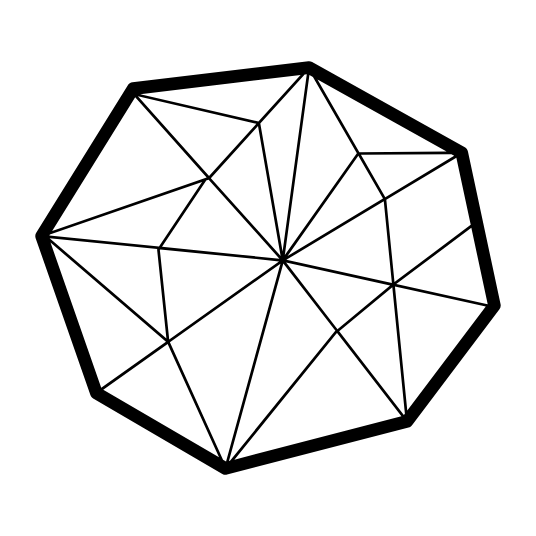| Supervisory Control and Data Acquisition (SCADA) | SCADA is not a system that can provide full control. Instead its capabilities are focused on providing control at the supervisory level. SCADA systems are composed of devices (generally Programmable Logic Controllers (PLC) or other commercial hardware modules) that are distributed in various locations. SCADA systems can acquire and transmit data, and are integrated with a Human Machine Interface (HMI) that provides centralized monitoring and control for numerous process inputs and outputs. The primary purpose of using SCADA is for long distance monitoring and control of field sites through a centralized control system. In lieu of workers having to travel long distances to perform tasks or gather data, a SCADA system is able to automate this task. Field devices control local operations such as opening or closing of valves and breakers, collecting data from the sensor systems, and monitoring the local environment for alarm conditions. SCADA systems are commonly used in industries involving pipeline monitoring and control, water treatment centers and distribution, and electrical power transmission and distribution. |
| Distributed Control System (DCS) | This is a system that is used to control production systems that are found in one location. In a DCS, a setpoint is sent to the controller that is capable of instructing valves, or even an actuator, to operate in such a way that the desired setpoint is maintained. Data from the field can either be stored for future reference, used for simple process control, or even used for advanced control strategies with data from another part of the plant. Each DCS uses a centralized supervisory control loop to manage multiple local controllers or devices that are part of the overall production process. This gives industries the ability to quickly access production and operation data. And by using multiple devices within the production process, a DCS is able to reduce the impact of a single fault on the overall system. A DCS is also commonly used in industries such as manufacturing, electric power generation, chemical manufacturing, oil refineries, and water and wastewater treatment. |
| Programmable Logic Controller (PLC) | This is a type of hardware that is used in both DCS and SCADA systems as a control component of an overall system. It also provides local management of processes being run through feedback control devices such as sensors and actuators. In SCADA, a PLC provides the same functionality as Remote Terminal Units (RTU). In DCS, PLCs are used as local controllers within a supervisory control scheme. PLCs are also implemented as primary components in smaller control system configurations. |
| Remote Terminal Unit (RTU) | An RTU is a microprocessor-controlled field device that receives commands and sends information back to the MTU. |
| Human Machine Interface (HMI) | A graphical user interface (GUI) application that allows interaction between the human operator and the controller hardware. It can also display status information and historical data gathered by the devices in the ICS environment. It is also used to monitor and configure setpoints, control algorithms, and adjust and establish parameters in the controllers. |
| Intelligent Electronic Device (IED) | A smart device capable of acquiring data, communicating with other devices, and performing local processing and control. The use of IEDs in control systems like SCADA and DCS allows for controls at the local level to be done automatically. |
| Data Historian | A data historian is a centralized database for logging all process information within an ICS environment and then exporting data to the corporate IS. The data gathered is then used for process analysis, statistical process control, and enterprise level planning. |
